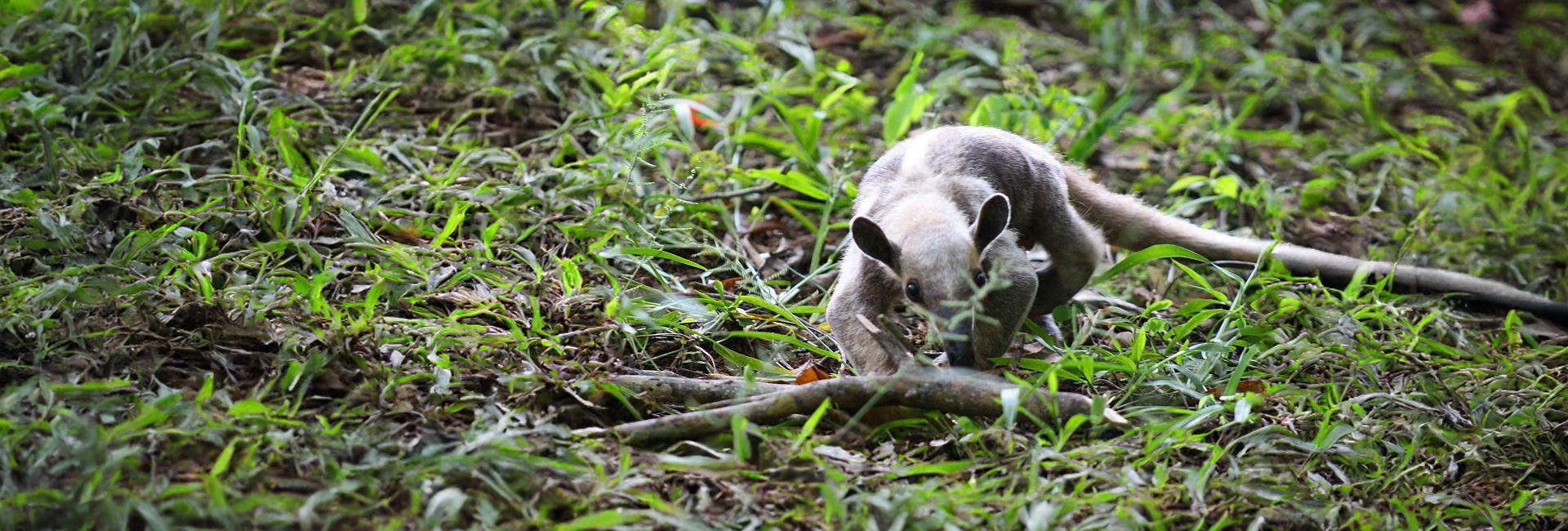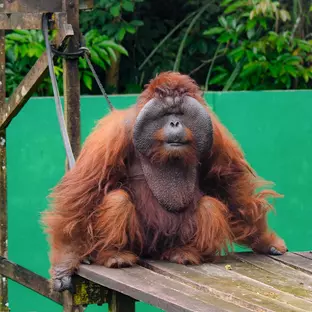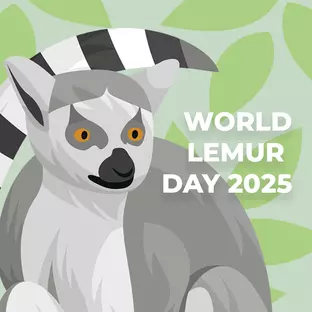Enjoying Costa Rica month so far? Learn a little more about one of the unsung stars of our Sloth Conservation and Wildlife Experience, and impress your friends with these awesome anteater facts!
There Are Four Species Of Anteater
While you’ll find the northern tamandua in Costa Rica, there are actually three other species out there: the southern tamandua (also known at the collared anteater), the silky anteater, and the giant anteater!
They Come In All Different Shapes And Sizes
The silky anteater is around the size of a squirrel, while giant anteaters can be up to 7 feet long! In addition to this, they have their own distinct features: the silky anteater has a much stouter snout than the others; the giant anteater is known for its huge bushy tail; and the tamandua tends to have lighter fur with a dark, v-shaped ‘vest!’
They’re Well-Known For Their Long Tongues…
An anteater’s tongue is perhaps its most famous feature, its length extending beyond that of the animal’s head. Covered in sticky saliva and equipped with thousands of tiny hooks called filiform papillae, the slim tongue of an anteater is really quite the tool to have. In fact, an anteater can flick their tongue up to 150 times per minute, whipping up plenty of delicious ants in the process!
…But Did You Know They Don’t Have Teeth?
It’s true! Anteaters do not have any gnashers, meaning they rely on their strong stomachs to break down food. Similar to a bird’s gizzard, the stomach has hardened folds and uses strong contractions to grind ants down into an easily digestible, delectable paste. Yum!
They May Be Cute, But They Make For A Formidable Foe
Anteaters may look sweet and bumbling but, faced with a threat, they can more than stand their ground. Take, for example, the giant anteater: these beautiful beasts have even been known to battle big cats, such as jaguars. (There’s even a famous video of the two creatures locked in combat!) Rearing up on their hind legs and swiping at their attackers, anteaters are more than capable of standing their ground.
They May Have Poor Eyesight, But Their Other Senses Are Super-Human
Despite having poor vision (and, in some cases, substandard hearing abilities), anteaters have a very impressive sense of smell. The giant anteater has a sense of smell 40 times stronger than that of a human, and the southern tamandua’s sense of hearing is also quite impressive: its large, upright ears aid the animal in hearing ants!
They’re Masters Of Disguise
Well, kind of. Mother anteaters tend to stroll around with their babies latched onto their backs, but this is not simply an addition to their cute-factor: they actually carry their young on their backs to give the appearance of being bigger, therefore warding off any potential predators who might want to try it on!
Speaking Of Babies…
Anteaters are great parents (even if they do use their young as an element as protection, as mentioned above!) For a whole year after a pup is born, they hitch a ride on their mother’s back, which is a very sweet thing to witness indeed. The pup remains with its mother non-stop for the first four weeks of its life, tucking itself under her front legs to nurse for up to an hour at a time and consuming around 10% of its body weight each day!
Keeping It All In The Family…
Did you know that the anteater is closely related to the sloth? The two species exist within an order of mammals known as a ‘pilosa’, with the group also including the aardvark, numbat, echidnas, and pangolins. Interestingly, the anteater is also related to a family known as the oecobiidae…the collective term for small to moderate sized spiders. Who’d have thought!
And Finally – They Need Your Help
In addition to the above fascinating facts, there is one major point for us all to learn: anteaters are at risk, and much of the fault falls to us human beings. Major threats to these animals include habitat loss, hunting, and the pet trade – all things which are able to be controlled by man, and issues which ultimately should not exist. By taking part in a volunteer experience, you will be able to aid anteaters in their survival: reforestation activities and animal ‘walks’ are just a couple of the ways in which your help could benefit these incredible animals, but to find out more, be sure to check out the Sloth Conservation and Wildlife Experience. (This project is available with 10% off of bookings made before the 31st of July, so if it’s your dream to help the animals, now’s the time to get involved!)

















